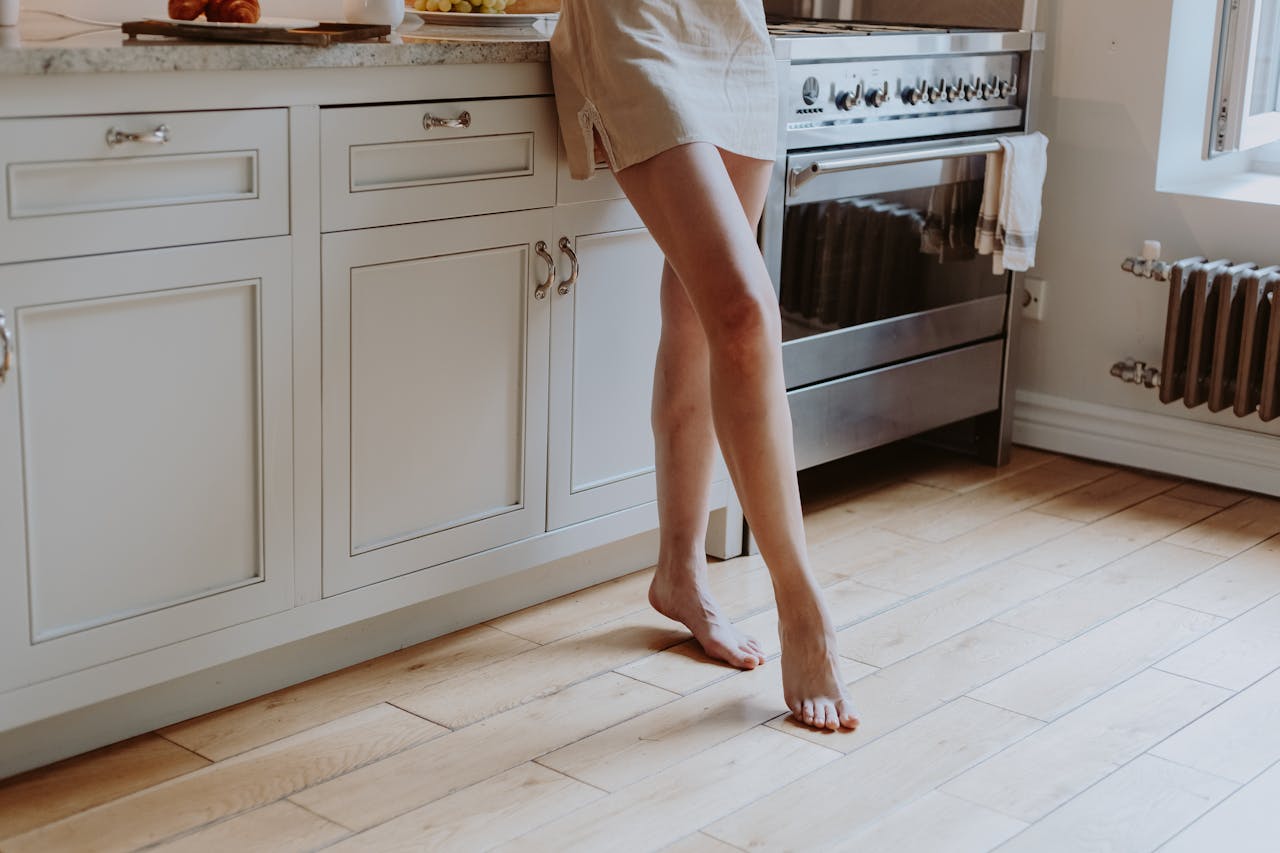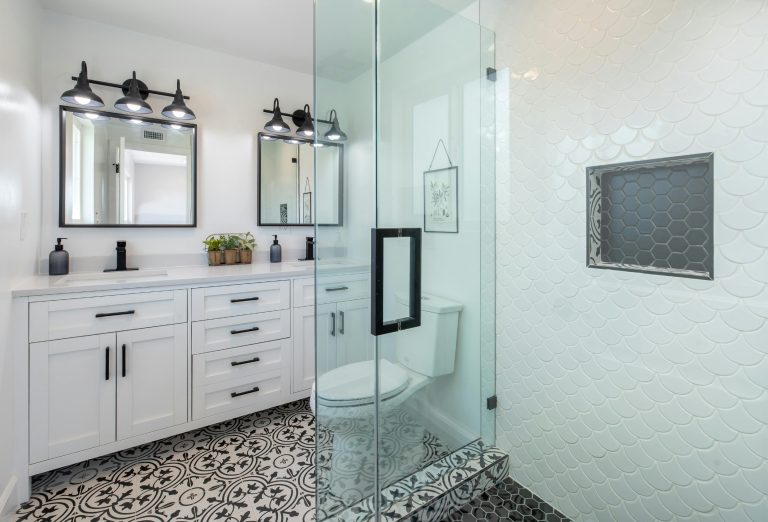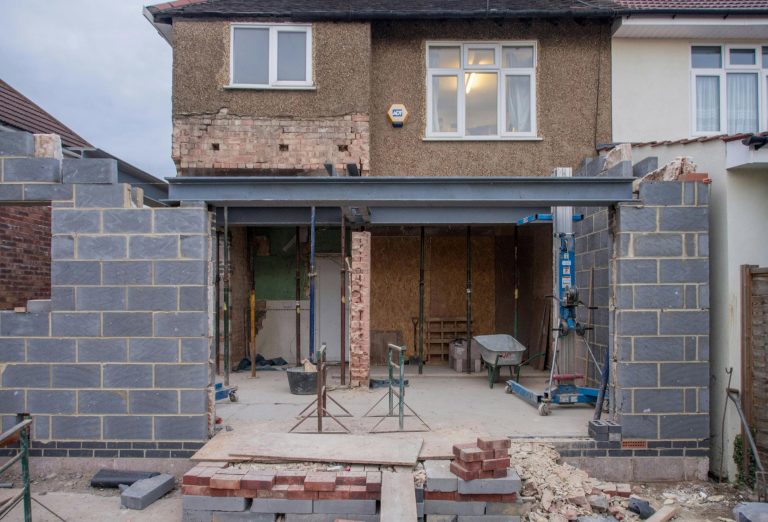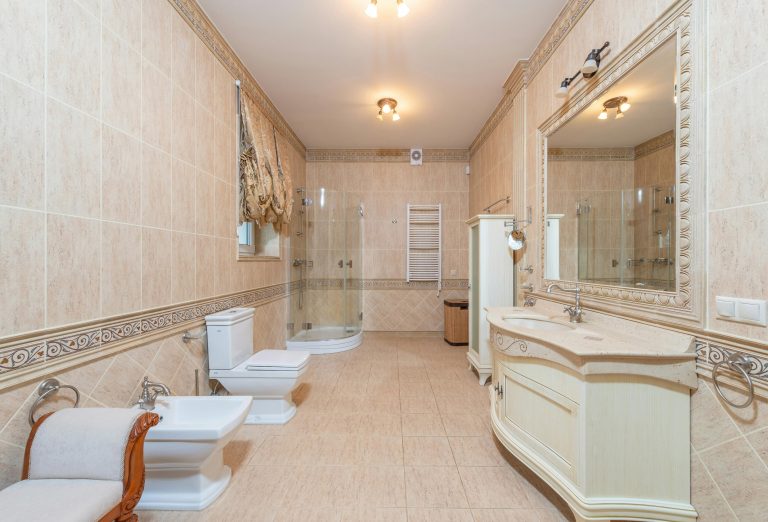Choosing the best flooring for kitchen can significantly impact the space’s functionality and style. As a high-traffic area prone to spills and stains, the kitchen requires flooring that is both practical and aesthetically pleasing. This guide will help homeowners, interior design enthusiasts, and DIYers make an informed decision by exploring three popular flooring options: hardwood, laminate, and tile.
The Timeless Appeal of Hardwood
Hardwood remains a favourite choice for kitchen flooring due to its classic appeal and warmth. Its durability and long-lasting nature make it an excellent investment for those looking to add value to their home. While hardwood can be more expensive upfront, its charm and ability to age gracefully justify the cost for many homeowners.
Available in a variety of finishes and grains, hardwood can complement both traditional and modern kitchen designs. However, it’s important to consider its susceptibility to scratches and moisture. To mitigate this, consider applying a protective sealant and using rugs or mats in high-traffic areas to prolong its lifespan. Regular maintenance, such as sweeping and occasional refinishing, will keep your hardwood floors looking their best.
Laminate Flooring: A Budget-Friendly Alternative
Laminate flooring offers a cost-effective solution for those who desire the look of hardwood without the hefty price tag. It’s crafted from composite wood, which is then covered with a photo-realistic image of wood or stone. This makes laminate not only affordable but also versatile in terms of design options.
One of the key advantages of laminate is its resistance to scratches and stains, making it ideal for busy households. It’s also easier to install than hardwood, often featuring a click-lock system that makes it a popular choice for DIY projects. However, it’s worth noting that while laminate is water-resistant, prolonged exposure to moisture can cause damage. Therefore, it’s crucial to promptly clean up any spills to maintain its condition.
The Durability of Tile
Tile flooring is known for its toughness and resistance to water and stains, making it a perfect fit for the kitchen. Available in ceramic, porcelain, and natural stone varieties, tiles offer a wide range of styles, colours, and textures to suit any kitchen décor.
Ceramic and porcelain tiles are particularly favoured for their affordability and ease of maintenance. They can mimic the appearance of stone or wood, providing a stylish yet practical flooring option. Natural stone tiles, such as slate or marble, add a touch of luxury but require more upkeep to prevent staining and wear.
One downside to tile is its hardness underfoot, which might be uncomfortable for those who spend extended periods in the kitchen. Adding cushioned mats in areas where you stand the most, such as near the sink or stove, can alleviate this issue. Additionally, the grout lines can trap dirt and require periodic cleaning to maintain their appearance.
Factors to Consider When Choosing Kitchen Flooring
When selecting the best flooring for your kitchen, it’s essential to evaluate your priorities and lifestyle. Durability is paramount, especially for families with children or pets. Water and stain resistance should be high on the list, given the potential for spills during cooking and cleaning.
Ease of maintenance is another consideration. Busy homeowners often prefer flooring that won’t require extensive cleaning or specialised care. Style and aesthetics should align with your kitchen’s overall design, ensuring a harmonious flow throughout your home. Comfort is also important, particularly for those who spend long hours cooking or entertaining in the kitchen. Finally, budget constraints can influence the materials and installation methods you choose.
Conclusion
Selecting the right kitchen flooring involves balancing practicality with personal taste. Hardwood, laminate, and tile each offer distinct advantages that cater to different needs and preferences. Hardwood provides timeless beauty, laminate offers affordability and versatility, and tile boasts superior durability and water resistance. By evaluating the unique characteristics of each option alongside your lifestyle requirements and budget, you can make a choice that enhances both the form and function of your kitchen.




